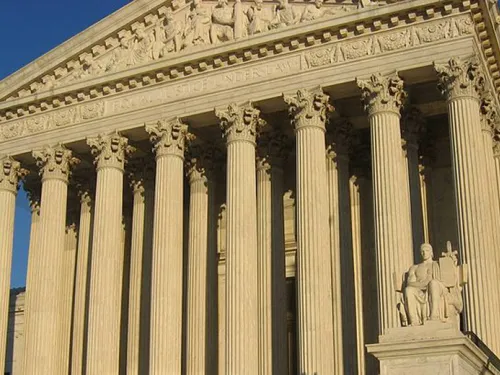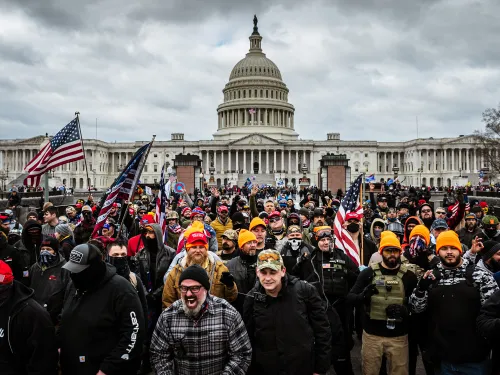Related Content
December 01, 2016
There has been a lot of debate lately about whether media outlets should use the term “alt right.” Some argue that the term whitewashes or normalizes a grouping that is, at its core, racist and anti-Semitic. The problem is not so much with the term “alt right” but in how people define or not define it. It is crucial that whenever the term “alt right” is used, it be defined clearly and put in the proper context.
The ADL defines the alt right as a loose network of people and groups that promote white identity and reject mainstream conservatism in favor of politics that embrace implicit racism or white supremacy and anti-Semitism. It has come to encompass a range of folks—from the “intellectuals” who are the ideologues of the movement to the young Internet trolls who create memes and harass journalists online to misogynists who are also white nationalists. The people who define themselves as part of the alt right understand that white identity and white nationalism is central to the core of alt right ideology.
The alt right did not come into existence in the last year. Richard Spencer, one of the leaders of the alt right, coined the term in 2008. Spencer was using alternative right to refer to people on the right who distinguished themselves from traditional conservatives by opposing, among other things, egalitarianism, multiculturalism and open immigration. Spencer went on in 2010 to create an online publication called Alternative Right, where he explicitly promoted white nationalism. Spencer was by that point an open white supremacist.
Substituting white supremacists for the alt right does not provide enough information. There is a wide range of white supremacists from various Klan groups to neo-Nazis to racist skinheads. These types of white supremacists are not the same as the alt right. Though they all embrace white identity and white power as a central tenet, they have different approaches to promoting that concept. The ideologues of the alt right tend to eschew blatant displays of white supremacy like Klan robes or white power tattoos and focus more on promoting white identity and attempting to bring their ideas into mainstream conservatism.
There have been other examples of groups that have tried to do the same in the past. The Council of Conservative Citizens is a white supremacist group formed out of the white citizens councils that opposed desegregation in the South in the 1950s and 1960s. The Council tried to appear mainstream by presenting itself as a conservative organization and inviting established politicians such as Trent Lott and Bob Barr to its meetings. Despite their attempts, the media rightly identified the group as white supremacist and succeeded in exposing it for what it is. The group was therefore unable to achieve the mainstream acceptance it desired.
Another example of the need to identify extremists for what they are is the New Black Panther Party. Without describing the New Black Panther Party as the racist and anti-Semitic hate group it is, readers may confuse it with the original Black Panther Party, which was moved by radical politics but was not motivated by pure hatred.
Part of the media’s job is to inform the public about current political and social developments. The media should continue to use the term alt right but always provide the context for it. The term will not go away just because people don’t think it’s proper. We need to make sure that alt right is correctly identified as part and parcel of the white supremacist movement.










